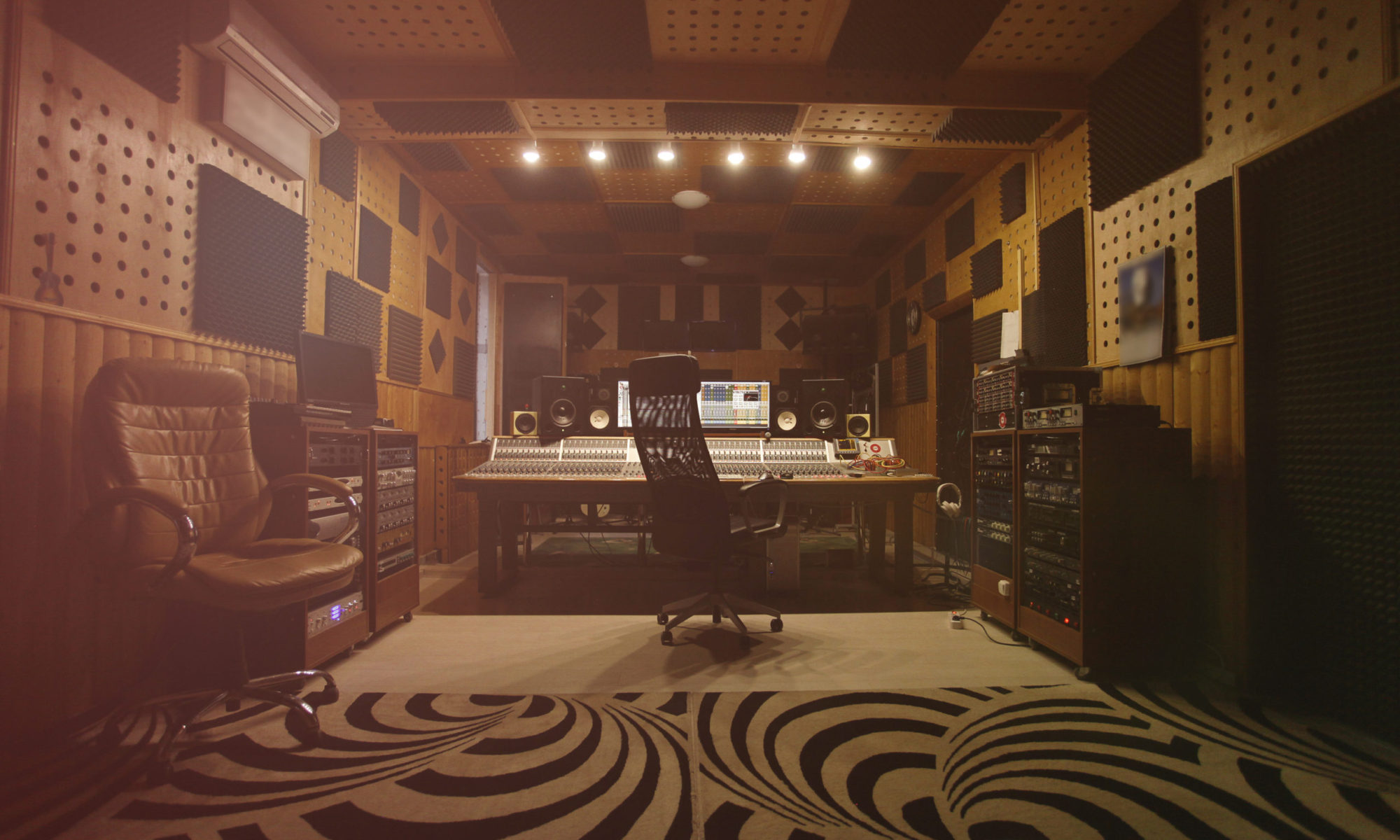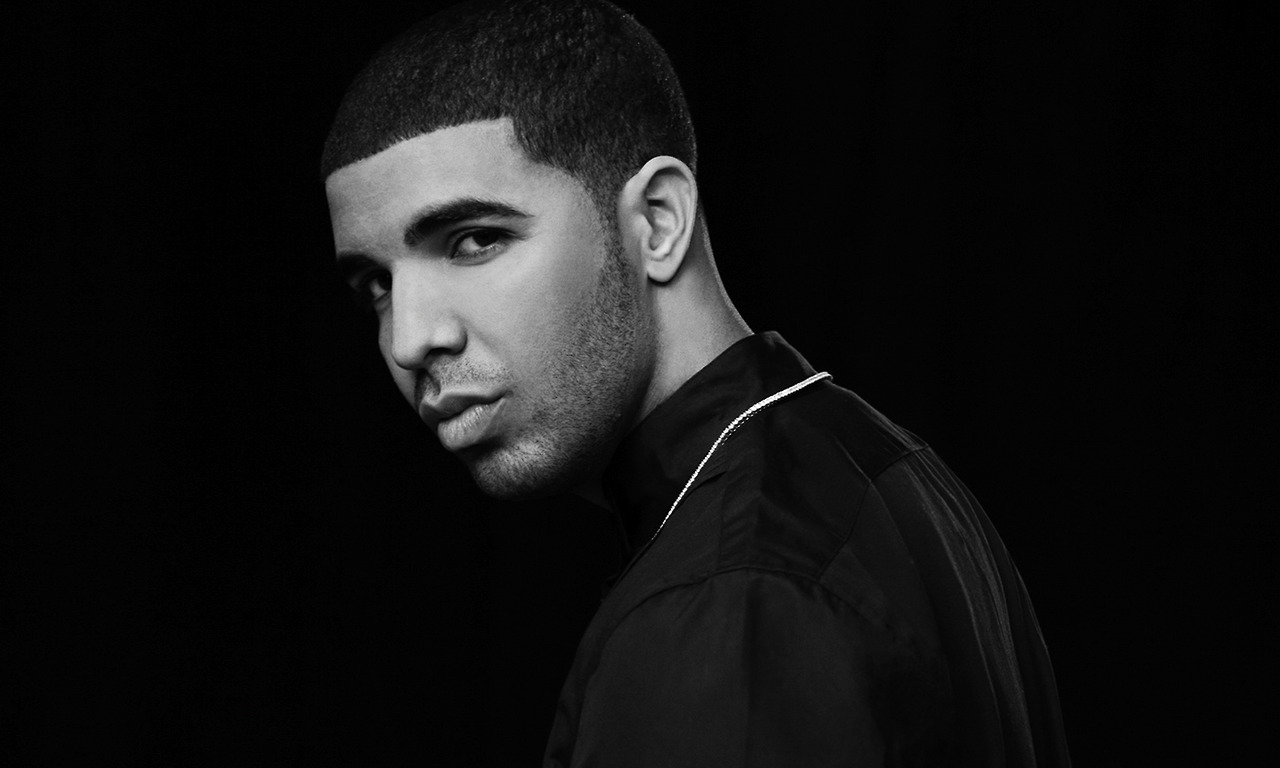Last year felt particularly cruel as we watched so many of our pop-culture icons get taken from us without warning. By December, we all yearned for a pause, an ending, a reset. However, none of the comforts that come with the hopeful act of flipping a calendar page lasted long into 2017. Instead, we’ve felt the pain more acutely and more personally than a year ago. Most of us have witnessed our core values challenged, felt our realities shaken, and endured daily reminders that who we are in our most basic integrity remains very much at stake. For that reason, it’s been a year in which we’ve turned to music out of necessity perhaps more than ever. The albums you find on this list aren’t just records we admired or caught ourselves dancing to. In many cases, they’re part of the reason we’re still here. They’ve consoled and empowered us, understood how we’ve felt, and in a time of such ugly, bitter divisiveness, reminded us that we’re never truly alone in mind, heart, or spirit.
소유, 봄에 돌아온 ‘음색 여신’…새 앨범 수록곡 티저 공개

These are the 50 albums we’ve leaned on most this year. Here’s hoping they don’t have to do such heavy lifting in 2018.
–Matt Melis
Editorial Director
__________________________________________________________
50. JOHNNY JEWEL – WINDSWEPT
Top Albums
Origin: Los Angeles, California
The Gist: After placing Chromatics’ Dear Tommy in the Red Room, Italians Do It Better producer and multi-instrumentalist Johnny Jewel issued this daring solo album mostly inspired by his work behind the scenes on Twin Peaks: The Return.
Why It Rules: With Windswept, Jewel sounds more assured as a producer than ever, conjuring up a moody amalgamation of his signature brooding synthpop and a style of free-form jazz akin to David Lynch go-to Angelo Badalamenti.
Essential Tracks: “Windswept”, “Slow Dreams”, and “Between Worlds”
–Michael Roffman
__________________________________________________________
49. ONEOHTRIX POINT NEVER – GOOD TIME
Origin: Wayland, Massachusetts
The Gist: Two years after the interstellar, metallic Garden of Delete, esoteric electronic experimentalist Daniel Lopatin (AKA Oneohtrix Point Never) returned to score a crime drama starring Robert Pattinson. Retaining his own burning palette and pushing it through a Vangelis/Carpenter mesh, Lopatin continues to find new ways to inject anxiety and awe under the skin.
Why It Rules: A somber, piano-heavy collaboration with Iggy Pop in which the Stooge dreams about petting crocodiles is a good place to start, but Lopatin delivers the high-voltage thrills all on his own.
Essential Tracks: “Hospital Escape / Access-A-Ride”, “The Acid Hits”, and “The Pure and the Damned”
–Lior Phillips
__________________________________________________________
48. JAY SOM – EVERYBODY WORKS
Origin: Oakland, California
The Gist: Multiple-instrumentalist Melina Duterte (aka Jay Som) rode her production and recording acumen on debut LP, Turn Into, to a deal with indie major Polyvinyl for Everybody Works.
Why It Rules: In what can only be described as bedroom maximalism, Duterte dug her lyrics into the granular, banalities of existence and aimed her production at expansive soundscapes. On “The Bus Song”, Duterte sings, “I can be whoever I want to be,” and that’s exactly who she is on Everybody Works.
Essential Tracks: “The Bus Song”, “Everybody Works”, and “For Light”
–Geoff Nelson
__________________________________________________________
47. THE JUJU – EXCHANGE
Origin: Chicago, Illinois
The Gist: After rising to session-player fame by collaborating with Chance the Rapper, Kanye West, and Vic Mensa, 24-year-old trumpeter Segal (FKA Donnie Trumpet) wrangled three fellow Chicago musicians together to expand his interest in experimental jazz, ultimately showcasing how the backbeat of hip-hop’s new sound is worthy of its own spotlight.
Why It Rules: On their debut LP, The Juju Exchange follow in the footsteps of producers like Flying Lotus and Knxwledge — not in sound, but in audience awareness, drawing listeners out of their usual jazz associations and into a world of smooth, free-form, low-key musings that inspire with their use of ample space.
Essential Tracks: “The Circuit”, “We Good”, and “Morning Of”
–Nina Corcoran
‘싸이 그룹’ TNX, 데뷔 앨범 ‘WAY UP’ 포스터 공개






